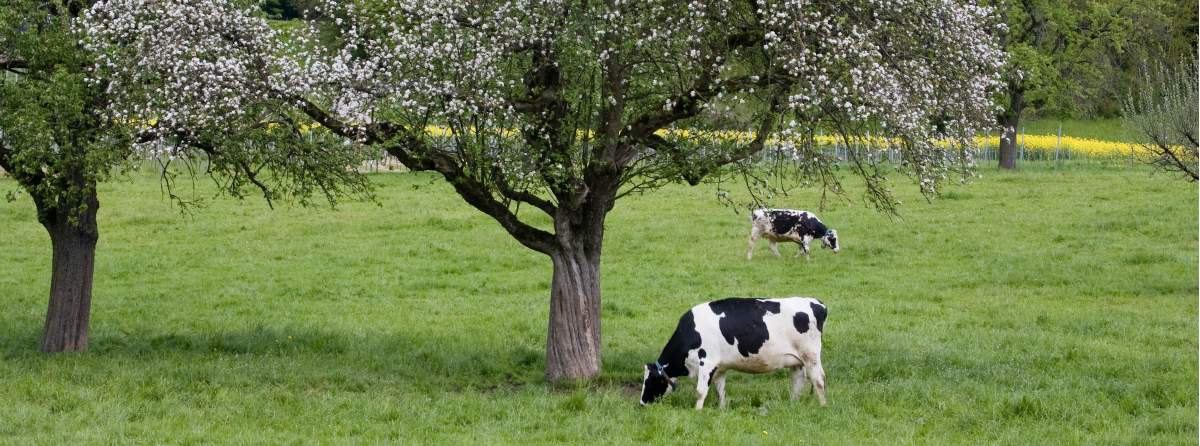Agroforestry is, as the names implies, a blend of farming and forestry or in other words not quite farming and not quite forestry. It applies to a number of situations where trees and land are managed together.
Integrating trees with crops is a long-standing tradition throughout the world. In 2004 the World Bank estimated agroforestry practices were being used by 1.2 billion people.
There are a few types of agroforestry, as set out below, each defined by the farming activity.
Parkland farming is the simplest form, where trees and grassland complement each other to create a landscape. Livestock are used to keep grasses in check and trees provide shade and a habitat for numerous species.
Silvopastoral is the grazing of animals such as chickens, sheep or cows under and around trees within a woodland or orchard; and least well known is silvoarable where arable crops are grown between rows of trees.
Why agroforesty? Agroforestry practices can enrich the environment as the interactions between the two activities can enhance soil, water, air quality, and make a positive contribution to the health and wellbeing of livestock and people on the farm.
Research shows if agroforestry practices use 5 per cent of the farmable area they account for over 50 per cent of the farm’s biodiversity by improving wildlife habitats for a range of species such as insects, some of which feed on crop pests, to birds. As well as improving habitats, microclimates are moderated and the shelter provided by trees may protect crops and livestock from extreme weather events.
Trees can help with the control of runoff and soil erosion which supports water, soil, organic and nutrient loss. A tree shelterbelt of 10 metres can capture ammonia and considerably reduce emissions.
Additionally, the multi-crop approach reduces some of the economic risks associated with mono cropping.
Further information
Contact Peter Topham or Duncan Winspear

.jpg)
.jpg)
.jpg)
.jpg)

.jpg)


.jpg)
.jpg)